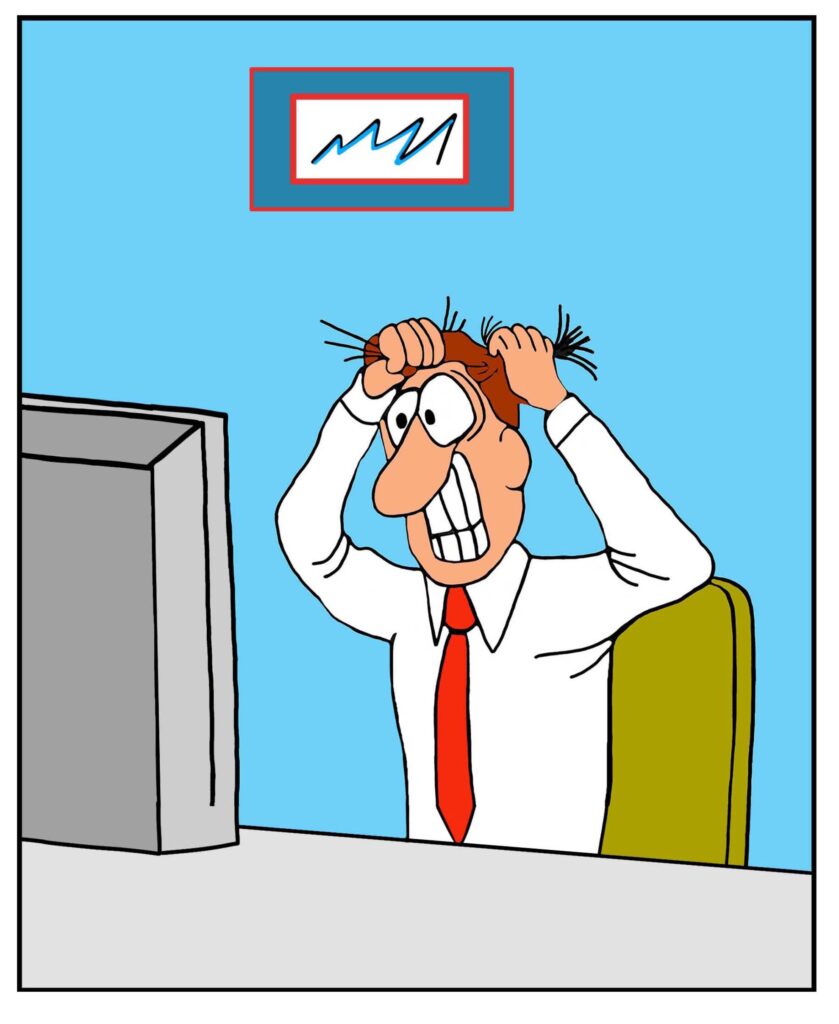
Candlestick psychology, sometimes referred to as candlestick analysis or candlestick patterns, is the process of using candlestick charts to read and comprehend price movement and market sentiment. Using a variety of candlestick forms, candlestick charts provide price information over a given time period, such as minutes, hours, days, or weeks.
Each candlestick on the chart, which is made up of the open, close, high, and low values, reflects the price movement during that particular time period. The thin lines above and below the body, known as the wicks or shadows, reflect the high and low prices during the time period, while the body of the candlestick represents the range between the open and close prices.
Candlestick psychology is centred on the idea that the patterns created by these candlestick shapes can shed light on the psychology of the market and aid in the forecasting of future price movements. The conflict between buyers and sellers and the ensuing fluctuations in market mood are understood by traders by analysing patterns and formations.
Over time, various candlestick patterns have been discovered, each with a unique meaning and interpretation. Indicators indicating probable trend reversals include patterns like the doji, hammer, engulfing, or shooting star, but others, like the bullish/bearish engulfing or harami, point to the continuation or consolidation of current trends.
Understanding market dynamics and human behaviour is key to understanding the psychology of candlestick patterns. Each candlestick captures the conflict between bulls (buying) and bears (sellers), reflecting the actions and feelings of all market participants. Candlestick patterns are used by traders to determine potential entry and exit points in the market and to obtain insight into the power dynamics in the market.
Indicating that buyers are entering the market after a period of selling pressure, for instance, a bullish candlestick pattern with a long lower shadow and a short upper shadow may point to a likely price reversal to the upside. On the other hand, a bearish pattern with a lengthy upper shadow and a small lower shadow can signify that sellers are in control, indicating a likely downside reversal.
Candlestick psychology blends the skill of pattern recognition with knowledge of market dynamics and emotional dynamics of people. A greater understanding of price action is gained by traders who analyse and analyze these patterns; this understanding helps them predict market movements, spot trends, and make better trading decisions. Candlestick patterns should, however, not be employed in isolation; rather, they should be used in conjunction with other technical analysis tools and risk management techniques for a whole trading approach.